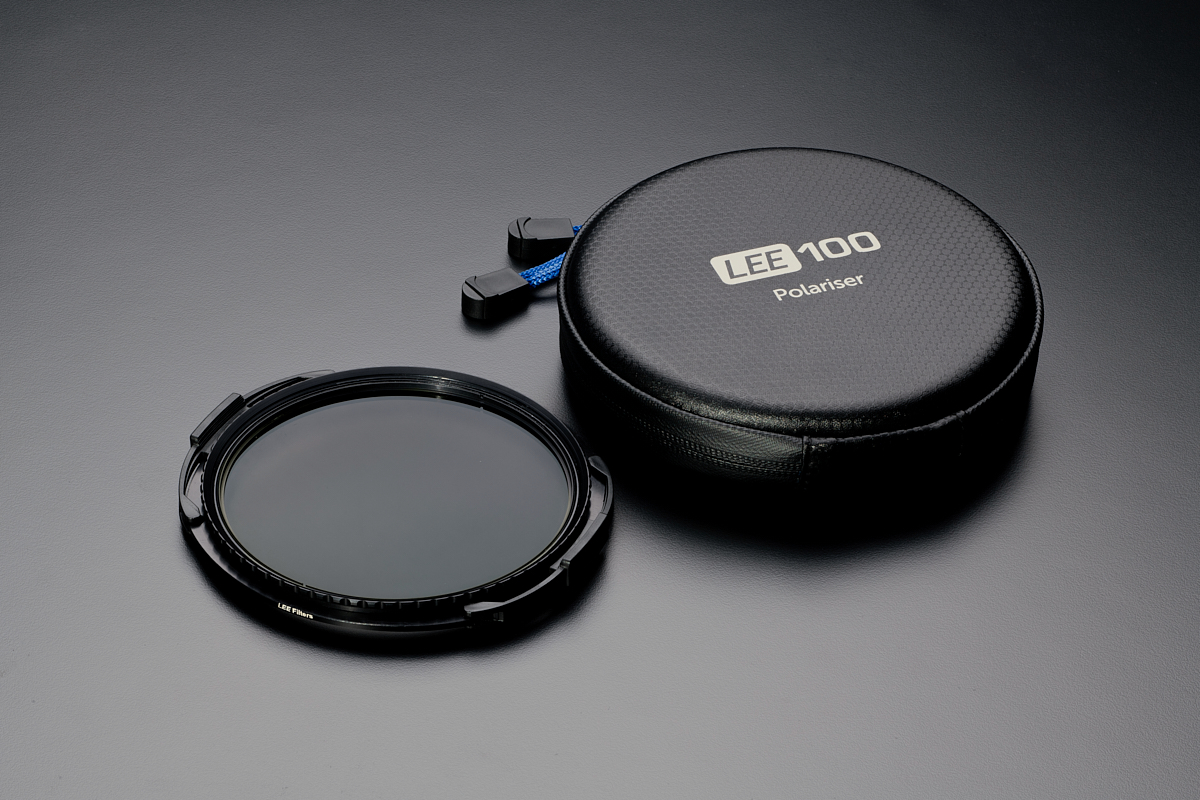
LEE100 Polariser Filter review
Lee100 Filter Holder - Why do you need it?
Although you can use image editing software to achieve many of the same effects using specific filters, such as a polariser to cut reflections and improve saturation remains an advantage for some types of photography, such as interiors and landscapes. As they cut down on exposure somewhat, they're also used as an ND. They are also pretty expensive, so if you have several lenses of different thread diameters, using a holder can save a lot of money.
Please note this review has been edited and updated from the Lee100 Filter Holder review, which can be read here.
Lee100 circular-type polariser
Lee Filters sent me the new Lee100 circular-type polariser for review on a short-term loan. It's designed specifically for the new Lee100 holder but can b

